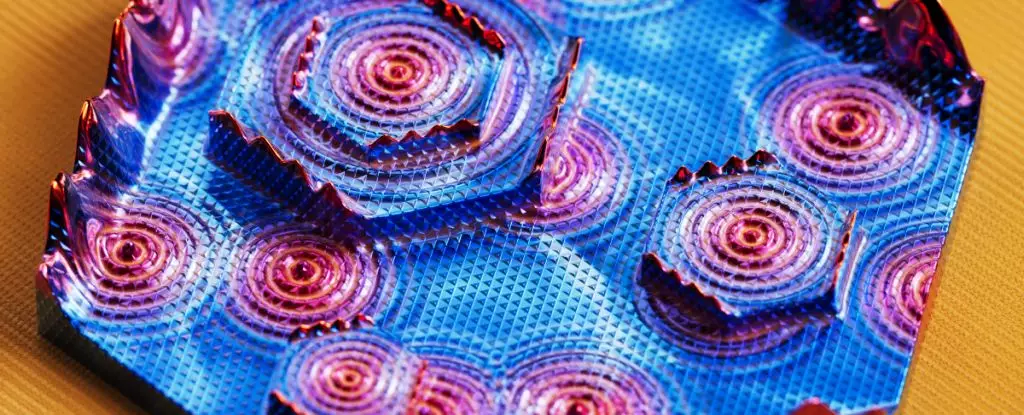In a recent study of quantum topology, physicists made a groundbreaking discovery on the surface of an arsenic crystal that defied all expectations. This unexpected finding has significant implications for the field of quantum physics and material science.
Topology plays a crucial role in understanding the behavior of materials with wave-like properties, also known as quantum matter. It focuses on the geometric properties of materials that remain unchanged when bent or warped, which can have a profound impact on their quantum activity. These insights are vital in uncovering new quantum states and developing advanced quantum technologies.
Physicists, led by M. Zahid Hasan of Princeton University, conducted a study on gray arsenic crystals to explore their quantum properties. By applying magnetic fields and using advanced imaging techniques like scanning tunneling microscopy (STM) and photoemission spectroscopy, they uncovered surface states and edge states that had never been observed together before.
The researchers were astonished to find a hybrid quantum state on the surface of the arsenic crystal, combining two distinct quantum states related to different means of current flow. This unprecedented finding challenges existing theories and opens up new possibilities for the development of quantum materials and devices.
The discovery of this hybrid quantum state could revolutionize the field of quantum physics and pave the way for the creation of novel topological materials and quantum devices. Arsenic, with its unique topology, could become a valuable platform for exploring new quantum states that were previously inaccessible.
The unexpected discovery of a hybrid quantum state on the surface of arsenic crystals has the potential to transform our understanding of quantum matter and open up new avenues for research and technological advancements. This breakthrough underscores the importance of pushing the boundaries of scientific exploration and being open to unexpected findings in the quest for knowledge.


Leave a Reply